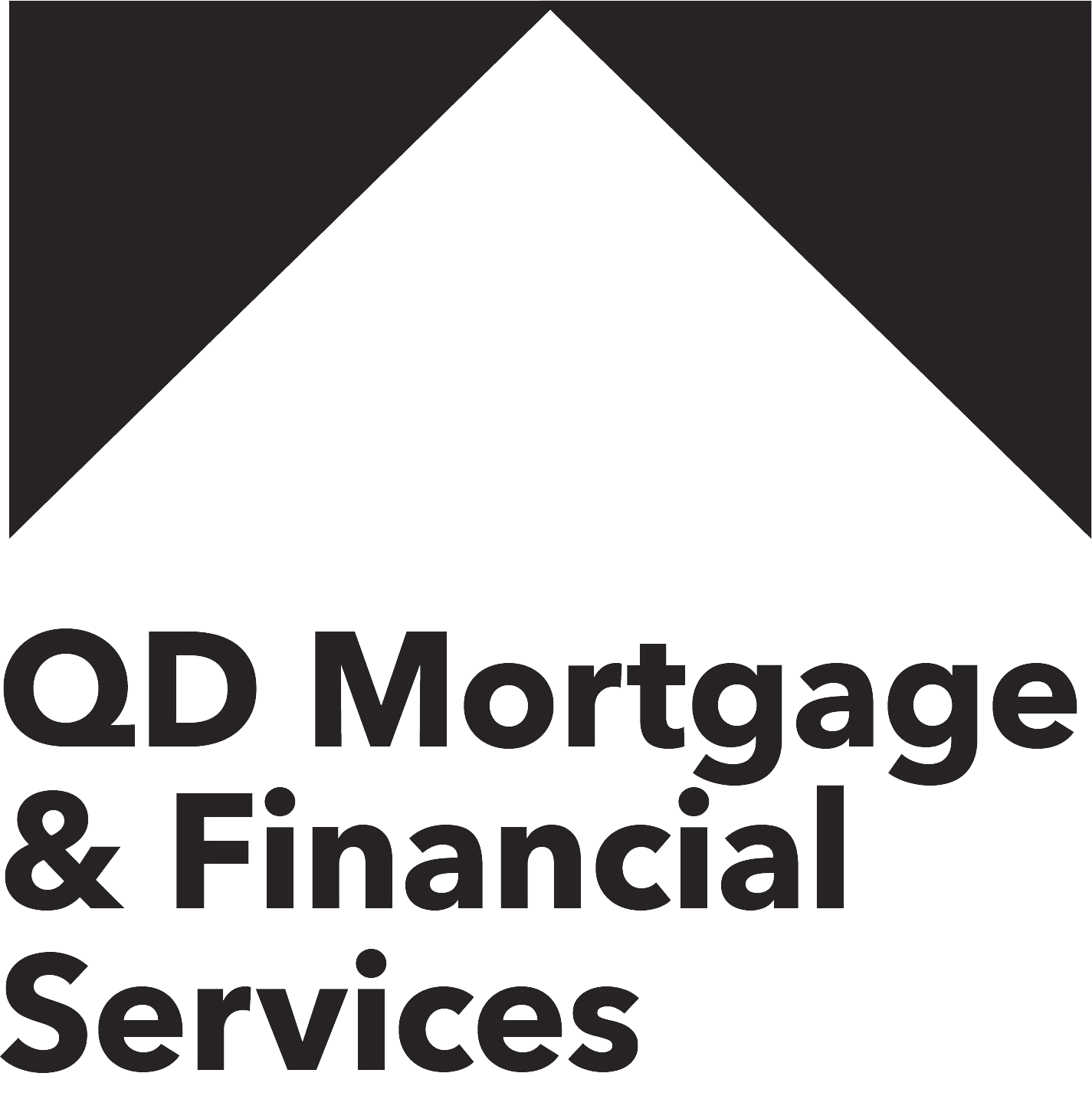Related Links
Testimonials
Me and my husband used Carl at QD mortgage and financial services and could not recommend him enough. He is so knowledgeable and helpful and makes everything so easy. Even when we were given a short deadline from the seller of 7 days to get a mortgage in principle, Carl worked so hard and got this sorted for us.
Rebecca O.
I have had the pleasure of dealing with Carl for my mortgage and life insurance for well over 20 years. He is extremely knowledgeable and professional making the whole process stress free. Carl knows the products available and what will work best for your individual situation. I wouldn’t go anywhere else and highly recommend.
Paula P.
Cannot recommend Carl enough. Always able to contact at any time, happy to meet up in evenings to accomodate our working hours, and also very reasonably priced. Our mortgage was not the easiest to sort what with my partner being self-employed, as well as it being 2020 and having all the mortgage/deposit related changes occurring as a result of Covid-19. However Carl kept us informed and reassured every step of the way. We have since remortgaged with Carl, and will be returning to do so again when the time comes!
Additionally, Carl was able to sort buildings and content insurance, life insurance, income protection, and critical illness cover for us. He also reviewed and updated these when our personal circumstances changed to make sure we got the best deals. Thank you so much for all your help!
Katy M.
Carl was brilliant when we were looking at getting a mortgage, he gave us lots of advice and went above and beyond during the application process and also after with insurances. He’s very knowledgeable and also approachable. We used him again for our renewal and will do again in the future. I always recommend Carl highly to friends that are looking to buy a house.
Abbie
Like many people, we were facing a ticking time bomb as our current fixed-rate mortgage was coming to an end. It is precisely at these times when employing a trustworthy and patient mortgage broker, who has deep market knowledge, is essential. Carl is just such a broker. Throughout our renewal process Carl was able to advise on the best deals available and provide insight on how potential market changes would affect our choice. As it stands we are now fixed at a rate below what we could have expected due to Carl's advice and direction. I have no hesitation in recommending Carl to all of our family and friends.
Jamie B.

